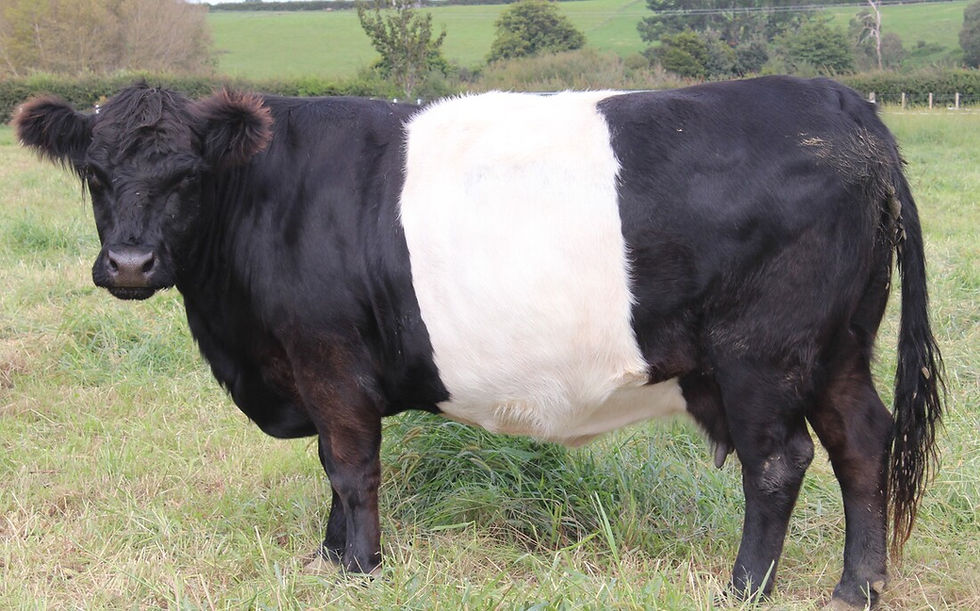The Holstein Friesian Cow
- Sharon Cain

- Apr 26, 2024
- 2 min read
Updated: Apr 30, 2024
The Holstein Friesian breed of cow originated in Frisia, Northern Holland and the German state of Schleswig-Holstein, more than 2000 years ago. Originally these cows were black animals and white animals. Over several years they were bred and culled with the goal of obtaining animals which would make the best use of grass. This interbreeding evolved into developing the high-producing cow that we know today.
Found on every continent and almost in every country, Holstein Friesian cows are easily recognised by their distinctive colour markings of black and white or red and white patterns and a purebred would have features of four white feet and a white tail.
The first Dutch Friesian cows to come to New Zealand were imported in 1884 by a Canterbury breeder, Mr. JCG Grigg, followed by a second herd to the Wairarapa four years later.
In 1902 Holstein cattle were imported from North America. At this time there was a distinction between the Dutch Friesian and the North American Holstein until the two strains became blended. It gained popularity in the North Island and by 1910 breeding was starting to be taken seriously with farmers keeping accurate records of the animal’s pedigrees.
Today, Friesian cows make up 24.4% of dairy cows in New Zealand.
They are the largest of all the dairy breeds in the world; a mature Holstein Friesian cow can weigh 680-770ks and stand 145-165cm tall at the shoulder.
I can remember getting up close to some at International Dairy Week in Victoria in 2013 and was surprised when I could not see over the top of them.
Holsteins have the highest milk production with an average Friesian producing 6,000 litres of milk per year.
They are more than just a dairy breed as they also contribute to the meat supply worldwide, being crossed with beef breeds to produce meat with fine fibre and better quality veal.
They are good-natured, resistant to stress and are easy to handle. They can adapt to all feed management systems, whether it be stabled, on grass or a mixture of both.







